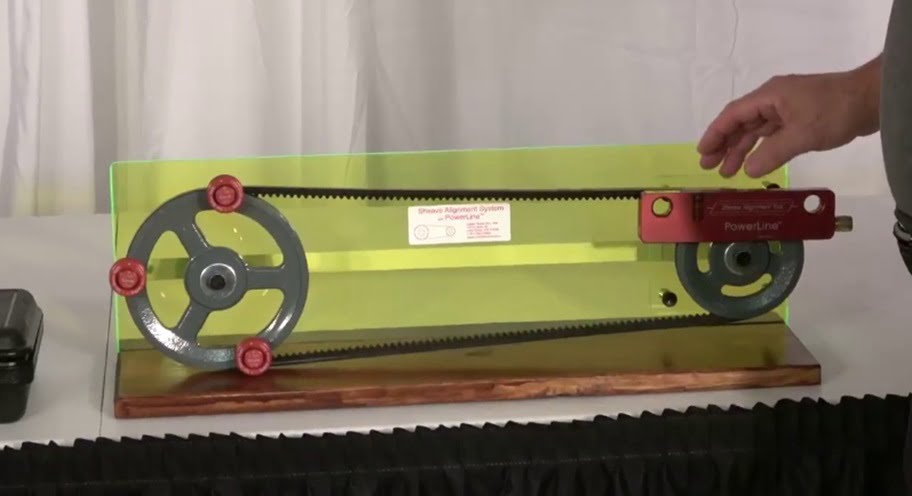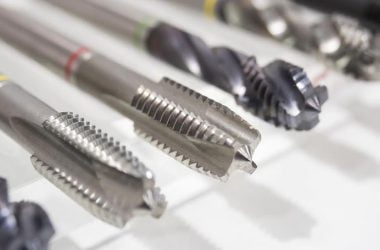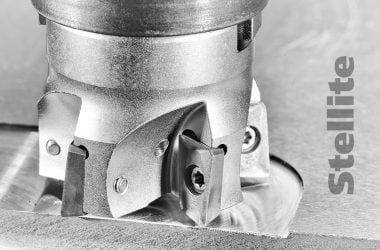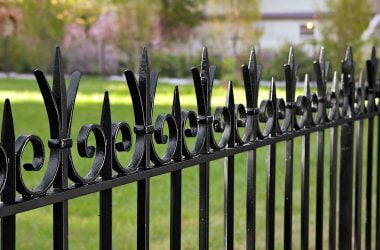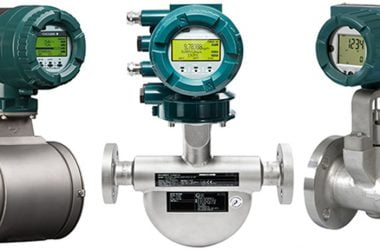Aligning pulleys is a crucial part of any job that involves machinery. You may need to align pulleys often, from installing new equipment to simple maintenance checks. The last thing you want while working on your machines is unexpected malfunctions. That’s why investing in tools that can help you perform this process quickly and effectively is important. In this article, we’ll look at some of the best tools for pulley alignment, so you know what type will work best for your needs!
Different kinds of pulley alignment tools:
Laser alignment tool: is used to measure distances between two points on the pulley or shaft. The operator will move the laser until it shines directly on the point they want to measure while keeping both eyes open so they can see what’s happening through their peripheral vision (this helps eliminate any parallax errors). They’ll then hold down the trigger button while moving the device slowly across each line until they find its centre point; this will tell them how far apart two objects are from one another at that moment in time.
Dial indicators: are used similarly: they’re moved over each line until their needle lines up with zero, which tells us exactly how far apart two objects on our object are from one another at any given moment in time, just like we did with our lasers!
Laser alignment tools:
- A laser alignment tool is the most common method of aligning the pulley.
- The device emits an infrared beam that is reflected off the backside of the shafts and then reflected by a mirror onto an optical sensor, which registers the position of each shaft relative to its neighbour.
Straightedge and feeler gauges:
- A straightedge is a long, straight piece of metal used to check the alignment of objects. A feeler gauge is a thin piece of metal with thicknesses ranging from 0.001 inches.
- It’s used as an aid when measuring the clearance between two parts, as well as for checking pulley alignment and determining whether or not there’s enough room for the belt on your car’s alternator or power steering pump pulleys.
- Both tools are commonly found in machine shops, where they measure everything from bearings and fasteners to nuts and bolts.
Shims and wedges:
Many manufacturers produce shims and wedges that can be used to adjust the alignment of a pulley.
- Shims are typically steel or plastic, while wedges are usually made from a hard rubber compound. These tools are designed to fit in between the pulley and its mounting flange, adjusting the position of the assembly as needed.
Hawkeye Digital Video Borescope:
- Hawkeye Digital Video Borescope is a high-end tool for viewing borescopes in confined spaces. It features digital video recording, making it possible to record the borescope’s view for future reference.
- The Hawkeye Digital Video Borescope costs $1,995, which may seem like a lot of money for something you probably will use only a few times a week. But if you have occasion to use one, for example, when calibrating pulley alignment or doing inspections on machines with tight clearances, its ability to capture images digitally will save you from spending time and money purchasing more equipment just for this purpose. If your company is considering buying one of these scopes but isn’t sure whether they’re worth it or not, consider this: according to an article published by the New England Journal of Medicine (NEJM), medical errors cost our healthcare system between $17 billion and $29 billion each year. In other words, investing in tools like Hawkeye Digital Video Borescopes can help avoid costly mistakes that could save lives down the road!
- The Hawkeye Digital Video Borescope has many other uses besides inspecting machine parts and pulley alignment systems; some people also use them as home security devices or educational tools! These tools are available through most industrial supply companies, such as McMaster Carr.
Pulley alignment is important for the performance of machinery:
Pulley alignment is important for the performance of machinery. Pulleys transmit power and are generally connected by shafts on either end. The alignment of these bearings should be checked regularly against a gauge or other measurement device to ensure smooth operation and to verify that there is no excessive wear on the pulleys’ surfaces. Pulley alignment tools can be used by mechanics and engineers who work with machinery regularly.
Conclusion
The pulley alignment tool is an important and necessary part of machinery maintenance. Without it, you risk the possibility of damaging expensive parts or even having the machine malfunction. This article discussed some common pulley alignment tools that can help you keep your machines running smoothly.


